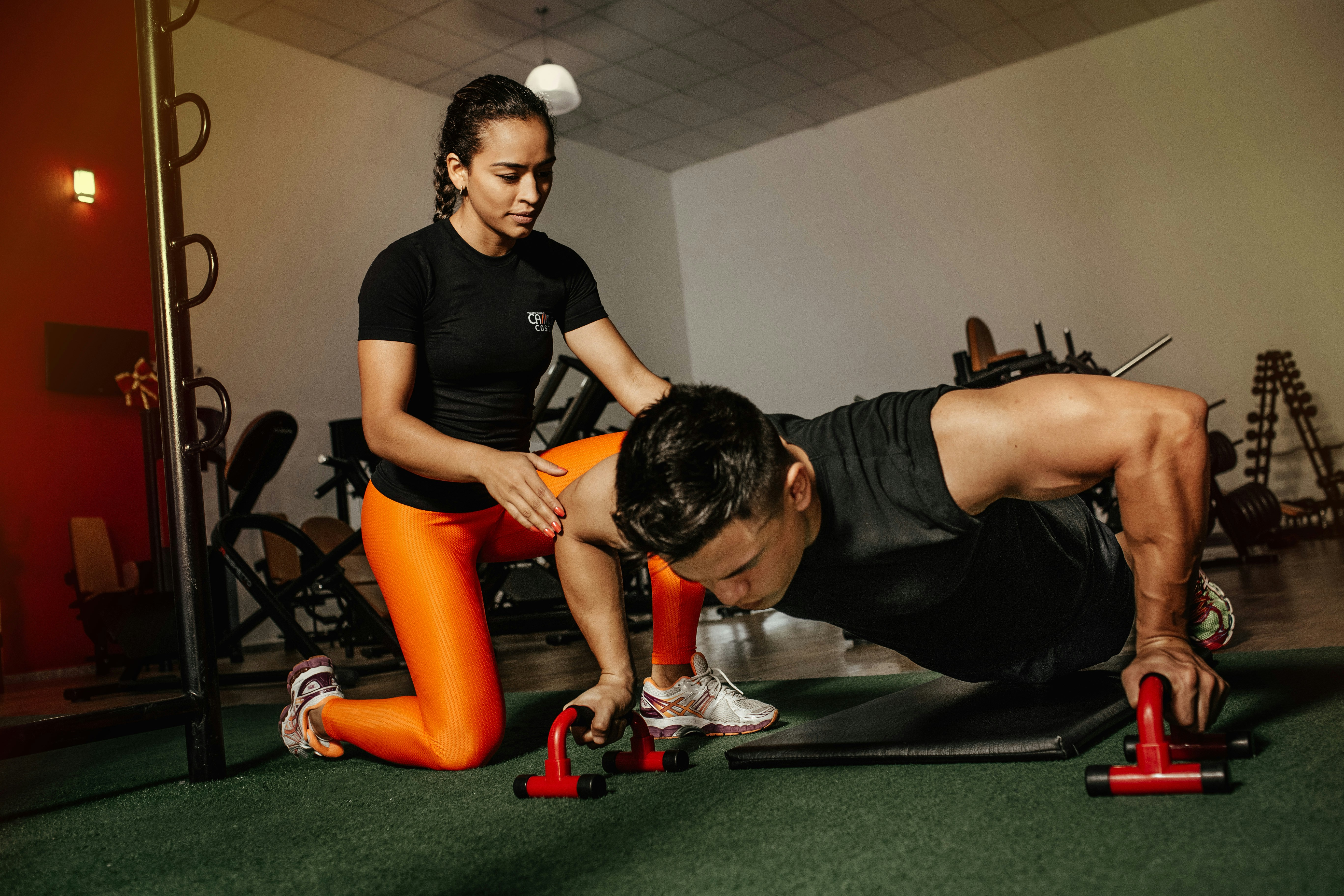
Experience Modern Fitness Learning For A Healthier Tomorrow
New approaches and modern tools have changed the way people discover fitness. Access guided workouts directly on your phone, participate in live group classes no matter where you are, or monitor every movement using built-in sensors. These advances help you make each workout more effective and enjoyable. Whether you prefer exercising at home or on the go, technology now supports your goals and keeps you motivated. You no longer have to rely on guesswork or outdated routines—real-time feedback and a variety of interactive options put you in control of your progress and keep your fitness journey exciting.
Advertisement
The mix of video trainers, interactive apps, and data-driven insights gives clear feedback as you move. That immediate input helps you fine-tune form and pick the right intensity. You won’t guess your progress—you’ll see it in charts, graphs, and milestone alerts.
How Fitness Education Has Changed
Once, you learned new moves from a single coach or a bulky VHS tape. Now, you choose from a range of instructors streaming workouts wherever you are. High-definition video, split-screen comparisons, and instant rewind let you master each exercise.
Behind the scenes, smart algorithms analyze your performance and recommend tweaks. They spot uneven reps or posture issues and flag them before they become bad habits. This hands-on coaching model adapts to your pace and skill level.
How Fitness Education Has Changed
People used to rely on one-size-fits-all plans found in magazines or generic gym brochures. Today’s programs customize workouts based on your fitness history, goals, and recovery needs. That personal touch boosts results and cuts the risk of burnout or injury.
You’ll no longer push through pain that signals a deeper problem. Sensors hidden in mats or wearable devices pick up stress levels and muscle fatigue. Then, the system suggests a gentle stretch or rest day before you overtrain.
Core Parts of Modern Fitness Learning
- Interactive Video Sessions: Real instructors guide you live, while on-demand libraries let you pause and replay critical cues.
- Wearable Feedback: Bands and smartwatches sync heart rate, calories burned, and sleep quality for a full recovery snapshot.
- Adaptive Algorithms: Software tracks patterns and adjusts difficulty, ensuring you stay challenged but safe.
- Community Support: In-app chats and group challenges keep motivation high and create friendly accountability.
- Micro-Learning Modules: Quick, focused lessons—like proper squat depth or breathing drills—fit into any schedule.
Combining these elements creates a dynamic learning loop. You get guidance, you train, you collect data, and you refine your plan. That cycle repeats so you improve smoothly without plateaus.
How to Use Technology in Your Routine
- Pick the Right App or Device: Check tools like Peloton or Strava for cycling and running, or choose a general platform such as Fitbit for overall tracking.
- Set Clear Goals: Use built-in goal settings to define daily steps, workout minutes, or strength targets. Enter your parameters and let the system suggest a plan.
- Connect Your Equipment: Link smart scales, resistance bands with sensors, and heart rate monitors to centralize all data on one dashboard.
- Review Weekly Performance: Spend five minutes each week scanning performance charts. Look for trends in energy levels, workout quality, and restful sleep.
- Adjust Based on Data: If data shows fatigue creeping in, swap a HIIT session for gentle yoga. If strength gains slow down, increase weight increments by 5%.
By adding tech step by step, you avoid feeling overwhelmed. Each new gadget or app adds value without complicating your routine.
Designing a Workout Plan That Lasts
Consistency beats intensity when you aim for long-term gains. Block out 30 to 45 minutes on your calendar three to five times a week. Treat this time as an important appointment you cannot miss.
Mix cardio, strength, and mobility exercises in each session. For example, pair a 20-minute run with a 15-minute resistance band circuit and finish with 10 minutes of stretching. This variety builds fitness while keeping workouts interesting.
Include active rest days. Replace a tough session with a walk or a light swim. This lower intensity still moves you forward and helps muscles recover.
Track your sessions using a simple spreadsheet or your fitness app. Record the date, duration, main moves, and how you felt. Over time, you will notice what boosts your performance and what drains your energy.
Monitoring Progress and Keeping Motivation High
Numbers serve as motivation. Watching weekly improvements in reps, speed, or heart-rate recovery gives you a real sense of achievement. Celebrate small wins, such as shaving off 10 seconds from your mile or holding a plank 15 seconds longer.
Set short-term checkpoints every two to four weeks. Reevaluate your goals and change the intensity or volume as needed. Seeing your plan evolve keeps your interest high and prevents plateaus.
Share milestones with friends or teammates through push notifications. A quick “Five-mile run done!” message sparks cheers and friendly banter. That social aspect encourages you to keep going even when your energy dips.
Mix up challenges to prevent boredom. Sign up for a virtual 5K, try a new lifting pattern, or join a live-streamed dance fitness class. New experiences rekindle your excitement and expand your skills.
Using modern tools and smart planning, you will see steady progress and gain confidence in your goals. This approach makes fitness feel like a personalized journey rather than a chore.
Advertisement